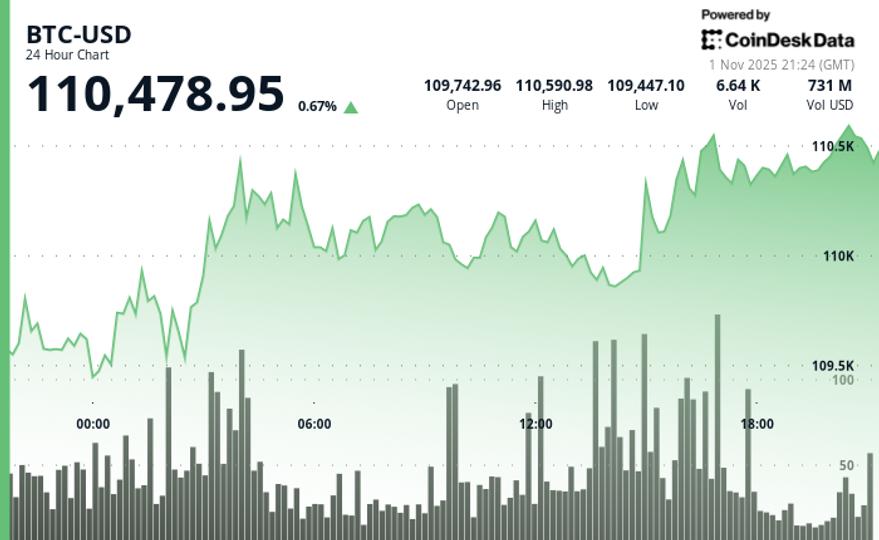November has a big reputation in bitcoin lore, but the typical November is modest and the blockbuster average is skewed by 2013’s moonshot.
Crypto influencer Lark Davis called November bitcoin’s “strongest month” with an average gain near 42%. The CoinGlass Bitcoin Monthly Returns heat map shows that number is real for the mean across 2013–2025, but it is not the whole story: November’s median is 8.81%, and the mean is pulled up by 2013’s +449.35% outlier.
That distinction — mean vs. median — matters. The median describes a typical November across cycles. The mean is sensitive to outsized moves, and 2013 towers over the sample. Look down the November column and dispersion jumps out: deep losses in 2018 (-36.57%), 2019 (-17.27%), 2021 (-7.11%), 2022 (-16.23%); solid gains in 2020 (+42.95%), 2024 (+37.29%), and a quieter 2025 (+0.54%). That spread explains why “November is strong on average” is descriptive history, not a forecast.
Where do “Uptober” and “Moonvember” come from? They’re community memes that reappear each fall to label a hoped-for October rally and a November follow-through. The heat map does show supportive history in places — October’s average is +19.92% with a median +14.71% — but seasonality never guarantees outcomes in any single year.
How to use this without fooling yourself: pair any seasonal stat with both the mean and the median, cite the range, and avoid back-solving the 42% mean into price targets. In practice, traders look for confirmation — breaks through defined resistance, improving breadth, and higher volume — before leaning into a calendar effect. If the tape does not confirm, the calendar should not carry the trade.

